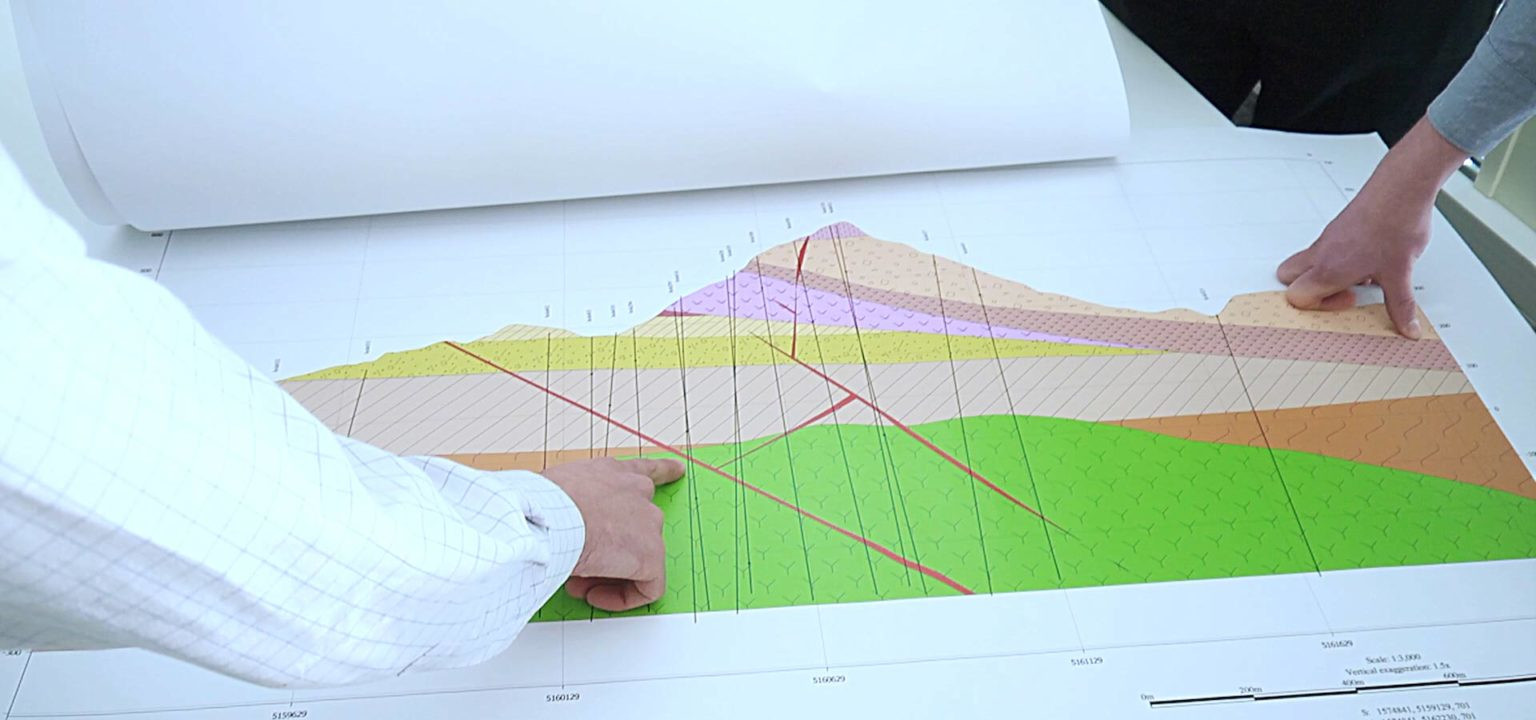Details of our service in Groundwater Modelling

Our groundwater modelling services can be used to assess many engineering problems where groundwater and surface water flow are impacted by one another, including:
- The impact of groundwater extractions on surface water low flows.
- The impact of storm events on bank infiltration rate.
- The travel time to the water wells
Groundwater Recharge
We include climate simulation and hydrological budget simulation by using SWAT. The SWAT model estimated other relevant water balance components in addition to the annual and monthly flow. The most important elements of water balance of a basin are precipitation, surface runoff, lateral flow, base flow, and evapotranspiration. Among these, all the variables, except precipitation, need prediction for quantifying, as their measurement is not easy.





